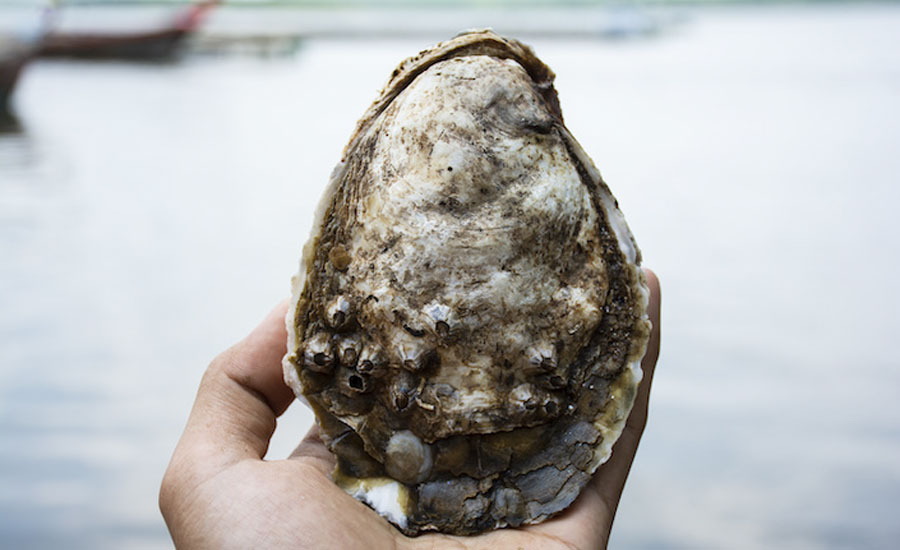Reclaiming The Big Oyster: Cuomo’s Ambitious $10.4 Million Effort to Restore Shellfish in New York Harbor

NEW YORK – The efforts to restore shellfish to New York Harbor and Long Island have made real progress, but there’s still a long way to go. Long before New York City was The Big Apple, it was known as The Big Oyster.
New York Harbor once had more than 200,000 acres of oyster reefs and Long Island was a major source of clams and oysters. But by the early 1900s, the New York Harbor oysters were gone, the reefs were dredged or covered with silt and Long Island shellfish were seriously depleted.
Then in 2017, Gov. Andrew Cuomo announced a $10.4 million project to restore shellfish populations. According to Chris Gobler, chair of Coastal Ecology and Conservation at Stony Brook University, that marked a turning point.
“With the launch of that program, it took the whole region from a position of recognizing a problem to devising and implementing a solution,” he states.
This month, the restoration project reached a milestone with approximately half of the 1.6 million adult clams planned for the Bellport Bay shellfish sanctuary stocked.
In New York Harbor, there’s an ambitious effort to restore 1 billion oysters by 2035. Pete Malinowski, executive director of the Billion Oyster Project, says that working with a specialized charter high school on Governors Island they’ve restored 28.5 million oysters so far.
“We only have 971.5 million oysters to go before we reach our billion,” he states. “So, we’re making good progress, but we need to restore oysters at a much larger scale in order to reach our goal.”
Malinowski says preservationists have the ability to restore 25 million oysters a year. But while the governor’s support has helped the project, the scale of restoration has been limited by state regulators.
Clams and oysters also have a tremendous cumulative impact on water quality. Each one filters several gallons of water each day. Aaron Kornbluth, an officer with The Pew Charitable Trusts, notes that New York has emerged as a national leader in restoring shellfish populations.
“The next step is to bring together all of the various groups that are working on this to scale up and achieve the long-term goal of self-sustaining wild shellfish,” he states.
Kornbluth says when shellfish restoration-efforts are complete and with a boost from oyster farming, New York will be able to reclaim its title as oyster capital of the world.
Support for this reporting was provided by The Pew Charitable Trusts.



Comments are closed.